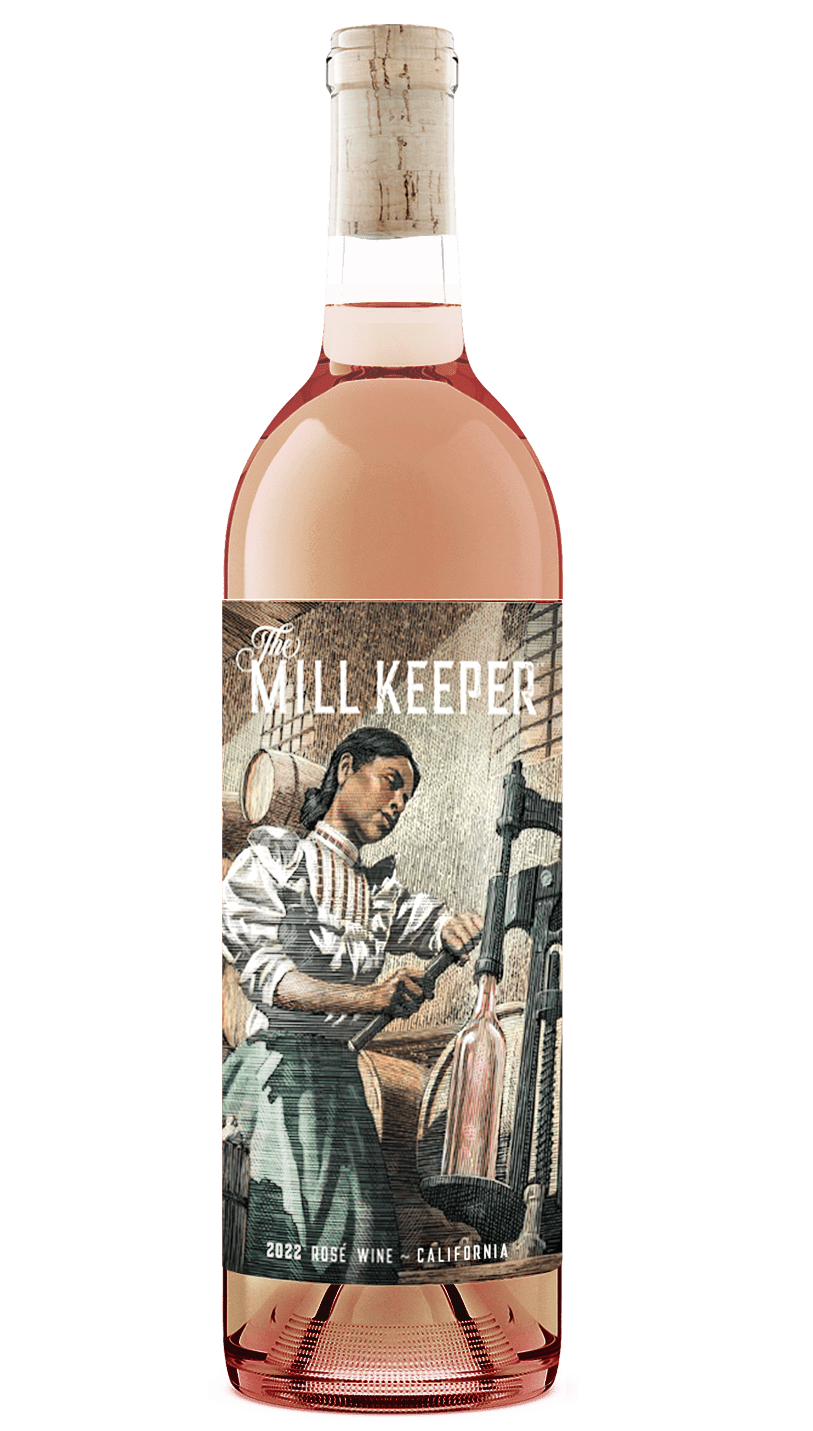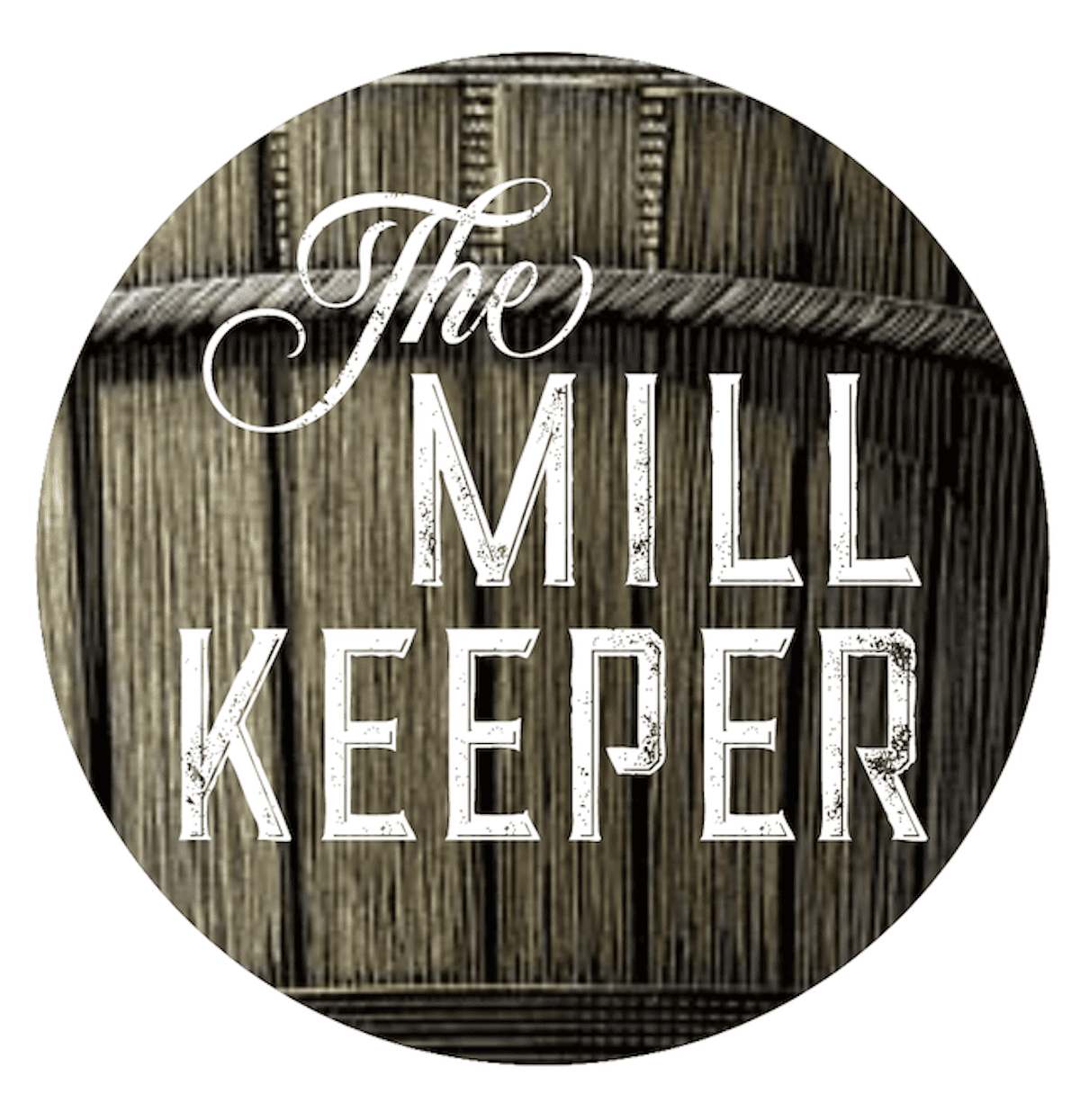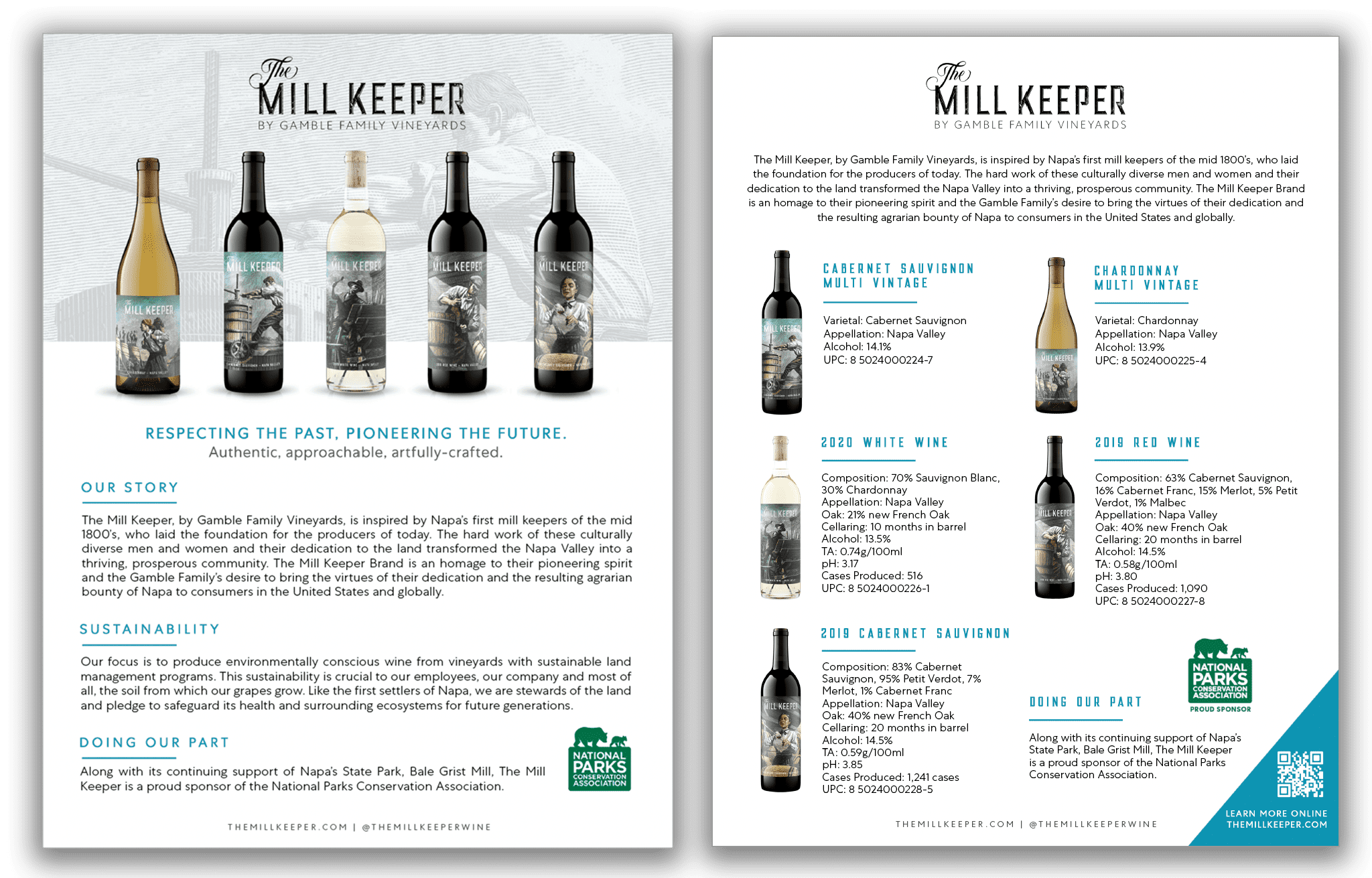Trade Resources

Cabernet Sauvignon

RED WINE

White Wine

Multi Vintage ChardonnaY

MULTI VINTAGE
CABERNET SAUVIGNON

Rose
Wholesale Contact
The Mill Keeper is available in select retail accounts and restaurants. For trade inquiries, please contact your nearest sales manager listed below.
Kristin Hamlin, National Sales Manager
khamlin@gamblefamilyvineyards.com
Jon Diaz, Western Sales Manager
jon@gamblefamilyvineyards.com
Travis Black, Texas Sales Manager
tblack@gamblefamilyvineyards.com



